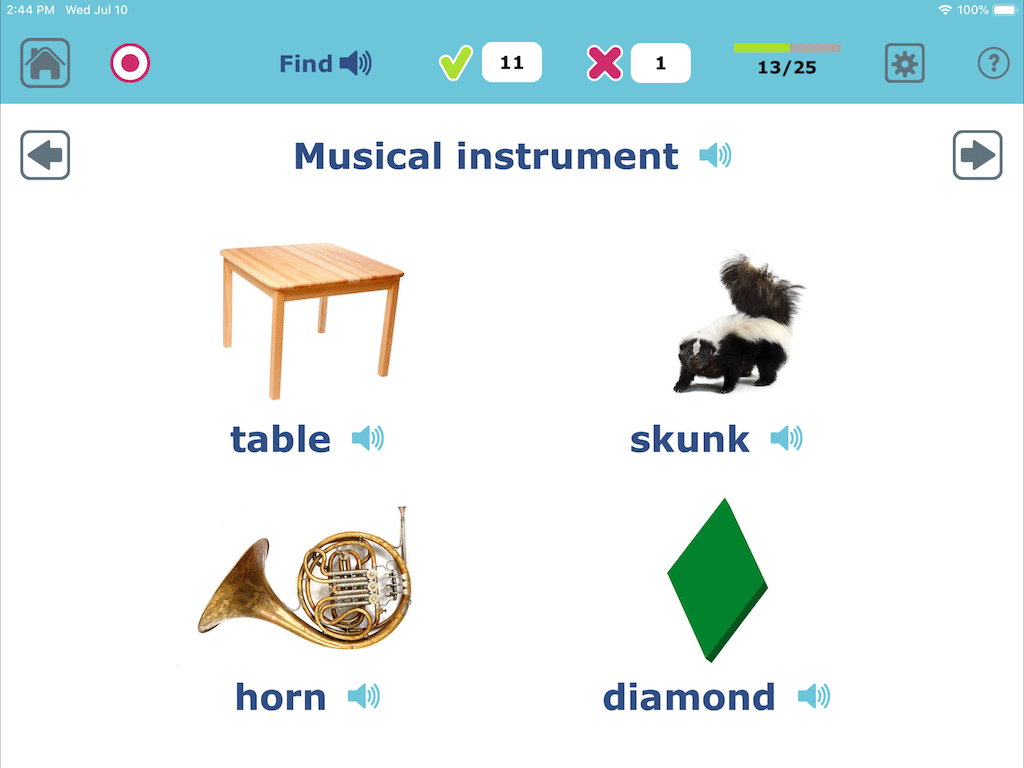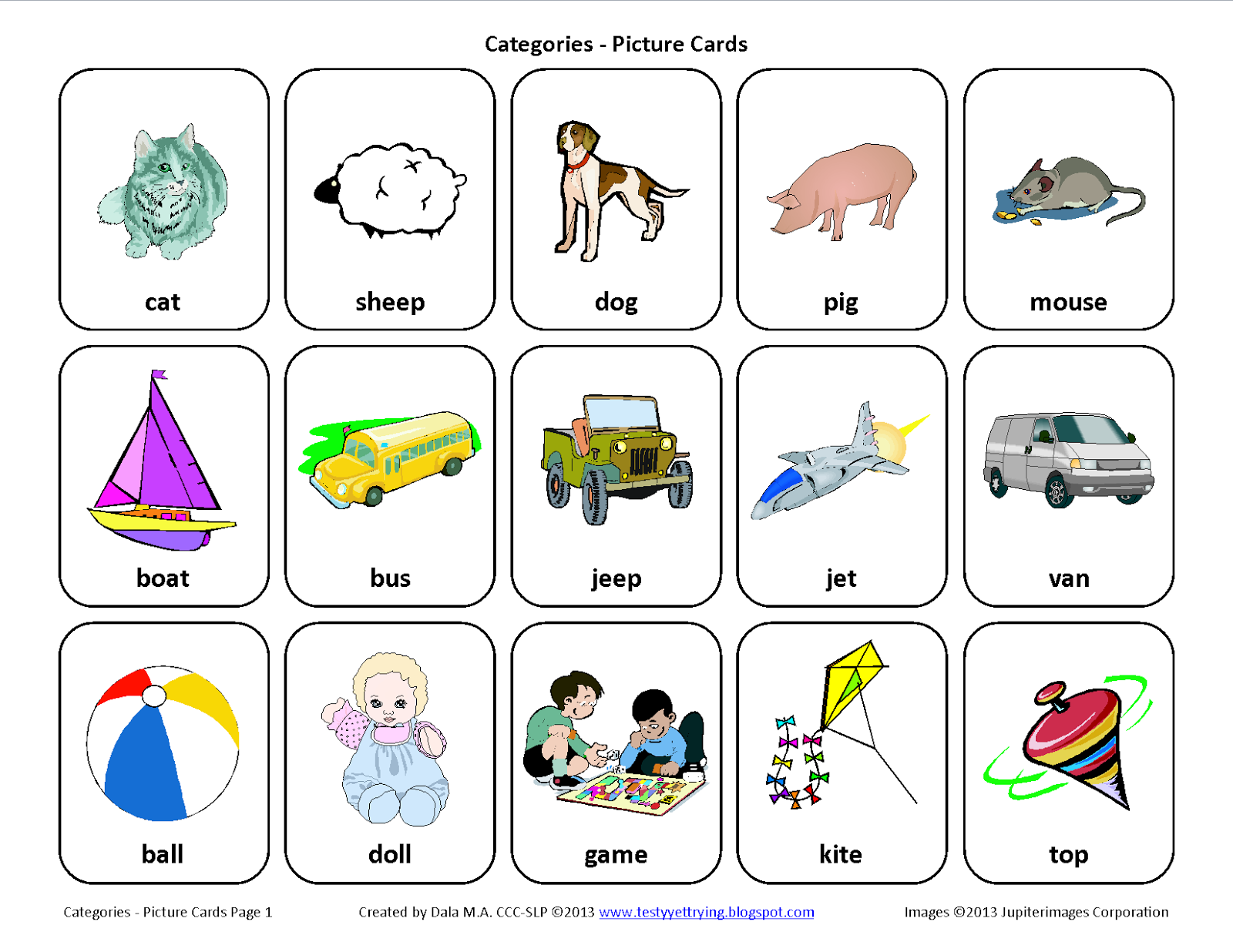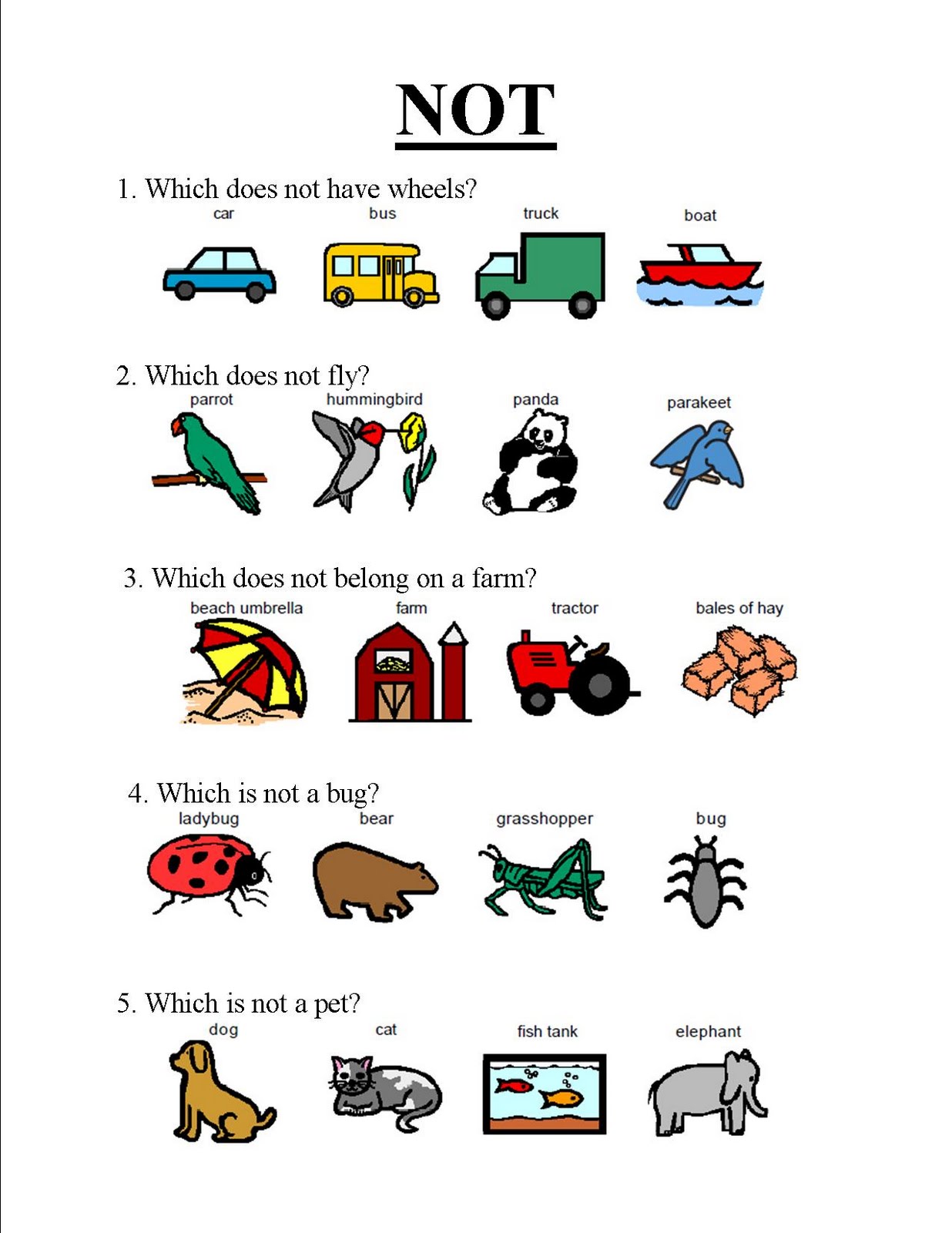
Category Speech & Language Pockets are perfect for addressing general
Movement activities for kids can be used in your speech therapy session- with amazing results. I created a categories speech therapy packet specifically for my students that just aren't that into sitting in a chair all day. I know your students will love these activities, too! Categories Speech Therapy Packet.

Speech Therapy Categories Worksheets No Prep Activities Set 2
Teaching categories in speech therapy is essential for vocabulary development. When we teach vocabulary words in "groups," SLPs can create a schema for the students to understand those words. Grouping items by similar features provide a familiar setting for students to organize and understand related nouns.

Category Therapy Speech App for Language & Cognition on iOS & Android
20+ Categories for Speech Therapy Practice As promised here are the words for your unlimited use. If you know others who can use our lists.. please share this page using our site share buttons. Explore Our Goal Reaching, Client Centered Products Categories Animals dog cat cow fish bear deer horse pig bird sheep frog elephant giraffe crab

Speech Therapy Animal Sort Categories Categorize Farm Zoo Ocean Pets
WAYS TO AIMED CATEGORIES ON SPEECH THERAPY: When beginning to work on categories, target view concrete concepts afterwards work towards more abstract concepts. Also, keep in mind it's easier till receptively identify a category compared toward expressively titling items with a category.

Testy yet trying Sorting by Category Free Speech Therapy Picture Cards
How: Early Describing and Categorization For my youngest students working on categories and describing in speech therapy, I created my Early Describing and Categorizing Packet. This HUGE, comprehensive packet was designed to really break down each concept and give lots of visual support to teach several different semantic mapping features.

Love this Category Sorting Boards for Speech Therapy, Special Education
How to Target Categories in Speech Therapy. In this podcourse, Marisha reviews the evidence related to the assessment and treatment of categories. She covers a variety of strategies that SLPs can use when assessing and treating categories goals. Participants will be given practical demonstrations and tips for application throughout the course.

NO PRINT Category Sort Allison Fors, Inc.
Types of Speech Therapy Used by Speech Therapists A speech-language pathologist can use different types of speech therapy to help people with problems related to: Fluency (e.g., stuttering, and cluttering) Speech (e.g., articulation) Language (e.g., ability; comprehension of spoken and written language)

Category Picture Cards Level 1 Speech Therapy Ideas
Speech therapy is the treatment, support, and care provided to children and adults who have difficulty with communication, cognition, voice, or swallowing. Speech therapy services are provided by certified and experienced therapists that are trained to identify the disorder, develop and implement a treatment plan, and provide parent-training and support.

Categories BOOM Cards™️ Speech Therapy Distance Learning Categories
The students can focus on words like jack-o'-lantern, ghost, monster, pumpkin, pumpkin pie. The list goes on and on! The game Pictionary is so much fun. Students love it, it's no prep, no cost and the 30 minutes of therapy fly by! It's also easy to take data on because you can see how well students know their category folders.

How and Why to Teach Categories in Speech Therapy
The target categories outlined below are for speech-language pathologists to use during their speech therapy sessions with their speech therapy students as well as for family members of younger kids or older students looking for a great way to work on their child's language skills.

If you like this free card set, you might want to check out the premium
Well, look no further because I've created a concentration game free printable broken up into 4 different grade levels to make your therapy planning a breeze. Plus I've gathered over 141 categories for concentration so you can be your very own game maker. In keeping with my preferred method of using real photos, I hope you enjoy the new.

Pin on Phonics Activities
A lot of speech-language pathologists address the skill of categorization in language therapy. The problem is that many of them make a key mistake that limits their students' ability to generalize. In this video I share how to fix that problem. Teaching categorization: What most people do wrong. Watch on Why target categories in language therapy?

Categories Speech Therapy Activities No Prep Worksheets Set 1
Two Can Talk is a Toronto-based speech therapy practice where clients of all ages (from kids to adults) receive personalized care to remediate communication delays or disorders. Whether you are concerned with understanding and using speech and language, fluency (stuttering), literacy, or loss of previously acquired language skills, we are here.

Categories Speech Therapy Boom Cards Teletherapy Activities
1. Use real objects! You don't even need to buy anything fancy, use what you have, bring food from home. I'm almost positive you have people, or cars, or play food, or animals. Grab some buckets or empty bins or paper bags and sort, sort, SORT! Seeing a PHYSICAL group really makes a big difference in little brains 2. Cut & Paste those categories

Speech Therapy with Miss Nicole Category Exclusion
Basic Categories List for Speech Therapy What are Subcategories? Abstract Concepts vs Concrete Concepts Divergent Naming vs Convergent Naming Language Goals for Categorization Skills 6 Category Activities for Speech Therapy Workout Category Activities for Speech Therapy Binder Flip Category Picture Cards Digital Describing Task Cards

Naming Categories Speech therapy, Foundational skills, Strong vocabulary
Category Activities - Speech Therapy Skills More Research By age 4-5, children should be able to identify simple categories (e.g., animals, vehicles, food, drink, etc.) and be able to express what does not belong in a group when given items or pictures. (Source: ASHA).